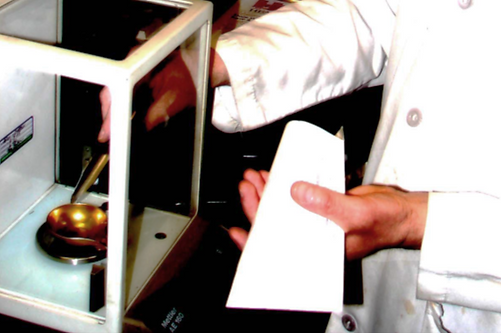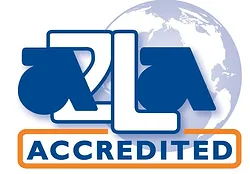TESTING AND ASSOCIATED STANDARDS
Anodized Coating Weight – ASTM B137
Galvanized Coating Weight – ASTM A90/A90M
Glow Discharge Spectroscopy
Analytical Chemistry can provide qualitative or quantitative analysis of materials. Using mass spectrometry and state of the art instrumentation, our laboratory can identify material type and determine the detailed composition of various metals and their alloys. Such analysis is useful in research and development of future products as well as investigations of failures of current products in the field.
Whether to ensure against mixed material or certify compliance to an industry specification, analytical chemistry constitutes an essential part of any quality control program. A-Lab's analytical chemistry department can help provide you with confidence that your products are ready to compete in an increasingly quality-conscious business environment.
TESTING AND ASSOCIATED STANDARDS
Anodized Coating Weight – ASTM B137
Galvanized Coating Weight – ASTM A90/A90M
Glow Discharge Spectroscopy
We are able to perform chemical analysis of Iron, Nickel, Cobalt, Aluminum and Copper base alloys using a Glow Discharge Optical Emission Spectrometer (GDS)

A simple, effective technique for determining coating weights is the Weigh-Strip-Weigh Method. A test panel, or other suitable sample, is weighed before and after the coating is removed by immersion in an appropriate stripping solution. From the weight loss and the calculated surface area, the coating weight can be calculated. Coating weights are typically expressed in oz/ft2 or g/m2.
This method is the standard test method for determining zinc and zinc-alloy coating weights on steel, and is governed by ASTM A90 and anodized aluminum per B137.



Copyright © A-Lab Corp. | All Rights Reserved